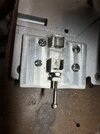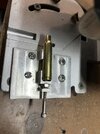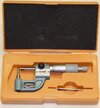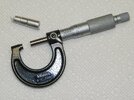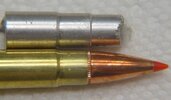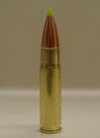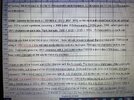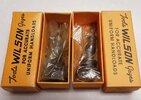gun'sRgood
Member
- Joined
- Feb 16, 2021
- Messages
- 908
Making your own case for .300 BO's is a lot fun but! As I understand it, some brass has a thicker wall. Or after cutting the case down and resizing, some brass has a thicker wall and will not allow a projectile to be seated. A bulge in the neck. It seems there is a list of brass that will have this issue. Trying to read a few hundred head stamps really takes the joy out of reloading. Anybody got a quick way to judge brass?
While here, here's the jig I made to cut brass. I think it's self-explanatory but what makes this little guy a huge help is the: 1 - little lock nut that allows you to set the depth or length by use of the screw then locking in that measurement with the nut. 2 - the small amount of play under the mounting bolts. Ya can't see this but there is enough "warble" in the mounting holes to square the jig to the blade. Really simple jig. I had planned to take this beta model and fine tune the milling. This first try works great. Looks like a first try but does the job.
While here, here's the jig I made to cut brass. I think it's self-explanatory but what makes this little guy a huge help is the: 1 - little lock nut that allows you to set the depth or length by use of the screw then locking in that measurement with the nut. 2 - the small amount of play under the mounting bolts. Ya can't see this but there is enough "warble" in the mounting holes to square the jig to the blade. Really simple jig. I had planned to take this beta model and fine tune the milling. This first try works great. Looks like a first try but does the job.


